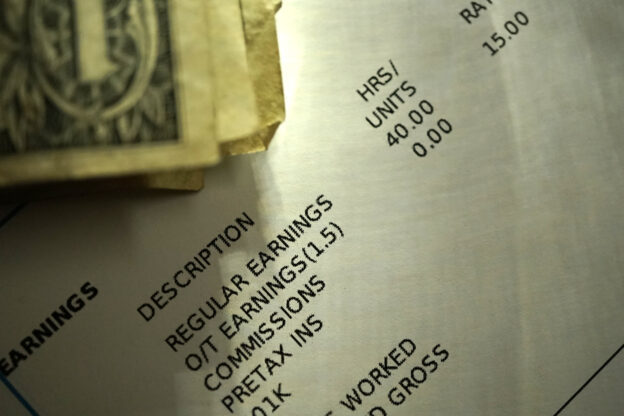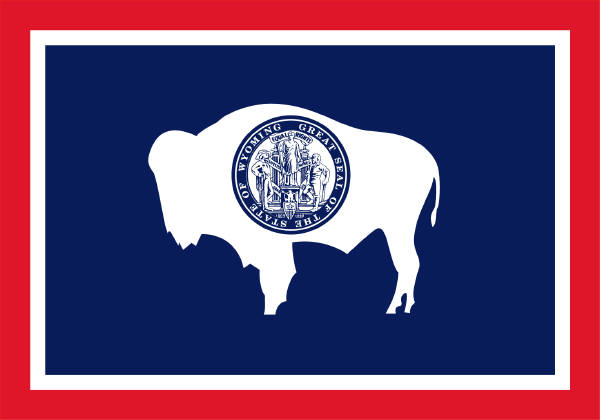
Janae Ruppert
By Janae Ruppert and Bryan Benard
The highly anticipated Department of Labor (DOL) final rule is here with a potential July 1, 2024 implementation date. The rule significantly increases the minimum salary threshold for certain overtime exemptions under the Fair Labor Standards Act (FLSA) and could impact millions of employees’ currently exempt from overtime pay and their compensation structures.
Background

Bryan Benard
The FLSA generally requires covered employers to pay employees a minimum wage and, for employees who work more than 40 hours in a week, overtime pay of at least 1.5 times an employee’s regular rate of pay, provided the employee does not fall within a classified exemption. The new rule affects individuals who are employed in positions meeting the requirements for the executive, administrative, professional, and highly compensated employee exemptions. In addition to meeting other requirements outlined in the FLSA related to their specific job duties, employees’ pay must meet certain thresholds to qualify for the exemption.
Final Rule Threshold Increase
- Beginning July 1, 2024, the final rule increases the salary threshold for FLSA’s bona fide executive, administrative, and professional employees from $684 per week ($35,568 annually) to $844 per week ($43,888 per year).
- Beginning January 1, 2025, the final rule increases the salary threshold for FLSA’s bona fide executive, administrative, and professional employees to $1,128 per week ($58,656 per year).
- With respect to the highly compensated employees exemption, beginning July 1, 2024, the final rule will raise the annual compensation threshold from $107,432 to $132,964 per year. Beginning January 1, 2025, the annual compensation threshold for this exemption is raised to $151,164 per year.
- Beginning July 1, 2027, and every three years thereafter, the salary thresholds will automatically update, using the methodology in effect at the time of each update.
Read more >>







